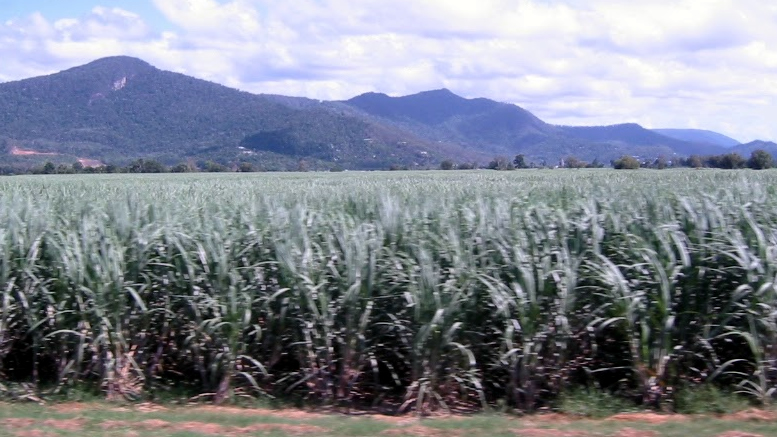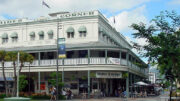
In 1770, Captain James Cook and his crew aboard the HM Bark Endeavour became the first Europeans to visit the site now known as Cairns in North Queensland, Australia. Their perilous journey encountered the Great Barrier Reef, causing serious damage to the vessel, which had to be beached at Endeavour River for repairs.
Despite Aboriginals living in the area for centuries, white settlement in Cairns took a century due to the challenging environment. The discovery of gold in Cooktown in 1872 triggered a boom in the region.
Cairns, originally situated on the banks of Barron River amidst sandy mangrove swamps, had an advantage with access to the fertile farming soils of the Atherton Tablelands via the sheltered Trinity Bay and established port facilities.
Named after Sir William Wellington Cairns, Queensland’s first Irish-born Governor, the township started out as a tent city with a few structures and wharves. Soon, Cairns attracted a significant percentage of Chinese and Malaysian settlers in search of the gold riches of the area.
The development of a railway through the steep and densely vegetated mountain range ensured Cairn’s future as a major town in North Queensland. After the gold rush, the region shifted its focus to farming, particularly sugar cane, which remains the country’s largest crop producer.
Fishing, pearling, and later tourism industries contributed to Cairn’s growth and vibrancy. The city now boasts an international airport, serving flights from various destinations in Asia and Australia’s major cities. With casinos, resorts, festivals, and captivating natural features like rainforests and the Great Barrier Reef, Cairns has become one of Australia’s favourite cities.




